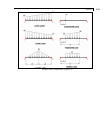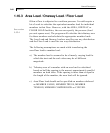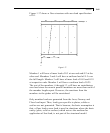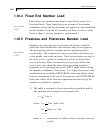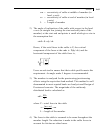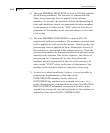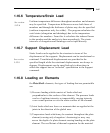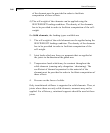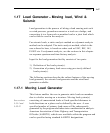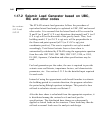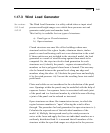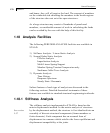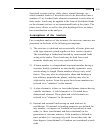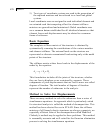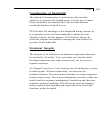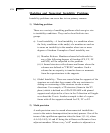
Section 1
1-67
1.17 Load Generator – Moving load, Wind &
Seismic
Load generation is the process of taking a load causing unit such
as wind pressure, ground movement or a truck on a bridge, and
converting it to a form such as member load or a joint load which
can be then be used in the analysis.
For seismic loads, a static analysis method or a dynamic analysis
method can be adopted. The static analysis method, which is the
one referred to here, is based on codes such as UBC, IBC, AIJ,
IS1893 etc. For dynamic analysis, see the sections in this chapter
on response spectrum and time history analysis.
Input for the load generation facility consists of two parts:
1) Definition of the load system(s).
2) Generation of primary load cases using previously defined
load system(s).
The following sections describe the salient features of the moving
load generator, the seismic load generator and the wind load
generator available.
1.17.1 Moving Load Generator
This feature enables the user to generate static loads on members
due to vehicles moving on a structure. Moving load system(s)
consisting of concentrated loads at fixed specified distances in
both directions on a plane can be defined by the user. A user
specified number of primary load cases will be subsequently
generated by the program and taken into consideration in analysis.
American Association of State Highway and Transportation
Officials (AASHTO) vehicles are available within the program and
can be specified using standard AASHTO designations.
See sections
5.31.1 and
5.32.12



